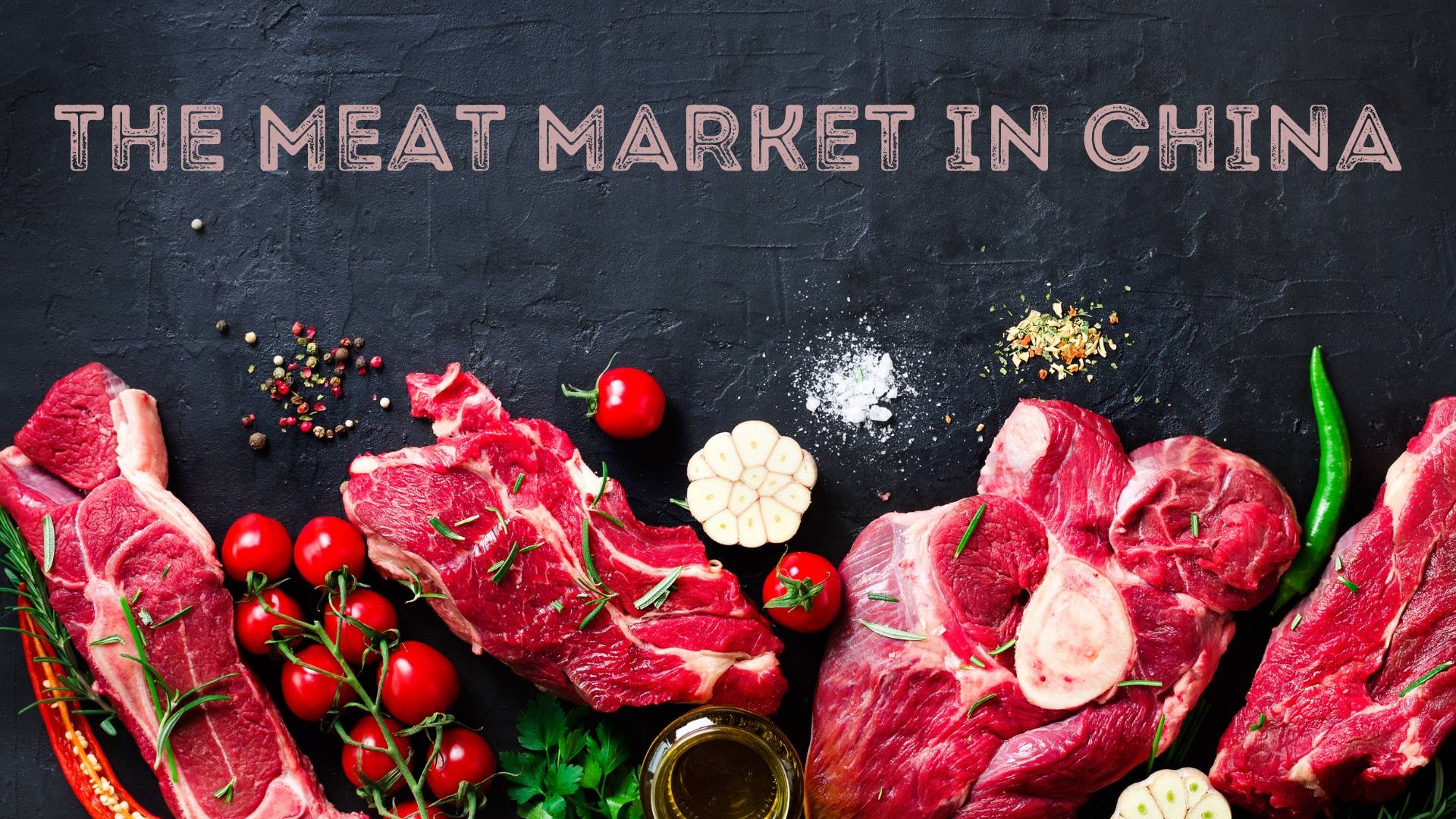China’s Strategic Measures to Curb Dairy and Beef Production Amid Declining Meat Prices
Introduction
China, the world’s largest meat consumer, is taking proactive measures to curb dairy and beef production in response to falling meat prices. This move comes as part of broader efforts to stabilize the market and support livestock producers amidst declining demand and oversupply issues. According to a recent Reuters report, the Chinese government plans to implement new regulations aimed at limiting production, building on existing rules for pork producers.
Declining Prices and Consumption
The prices of key meat products, including pork, beef, dairy, and poultry, have been on a downward trend as consumers grapple with a slowing economy. This economic downturn has led to reduced meat consumption, exacerbating the impact of an already oversupplied market. The decrease in demand is particularly evident among pork and beef products, which have seen significant price drops.
Economic Slowdown and Consumer Behavior
As China’s economy slows, consumers are scaling back on meat purchases. This change in behavior is not isolated to a single type of meat but spans across various categories. The agricultural sector, especially pig farmers, has been producing more, leading to an oversupply that further depresses prices.
Production Trends and Challenges
In the first half of the year, China witnessed a notable increase in overall meat production. Pork, beef, mutton, and poultry production grew by 0.6% year-on-year, egg production increased by 2.7%, and milk production rose by 3.4%. However, this increased production has not translated into higher profitability for producers.
Livestock Market Oversupply
Wang Lejun, Chief Animal Husbandry Officer at the Ministry of Agriculture, highlighted that the market is well supplied, leading to low prices. The first half of the year saw beef and raw milk prices fall by 12.1% and 12.5%, respectively, resulting in losses for beef cattle and dairy cow breeders. The oversupply situation is particularly pronounced in the beef and dairy sectors, where producers are struggling to maintain profitability.
Government Interventions and Regulations
In response to the market conditions, the Chinese government has introduced several measures aimed at stabilizing prices and supporting producers. These include regulations to limit production and manage herd sizes more effectively.
Adjusting Herd Structure
Wang Lejun emphasized the need to guide farms in optimizing and adjusting herd structures. This involves moderately eliminating old and low-yielding cows to better align production with market demand. Such measures are expected to help stabilize prices by reducing oversupply.
Pork Production Controls
Earlier in March, Beijing issued regulations to reduce the breeding sow population. This was in response to an aggressive expansion by pig farms over the past two years, which led to an oversupply of pork and substantial financial losses for companies. The reduction in the size of the pig herd has already contributed to price recovery in the pork sector.
Beef and Dairy Production Controls
In June, additional regulations were released to control beef cattle production. Despite these efforts, beef and dairy prices are expected to remain low in the second half of the year. The measures aim to prevent further losses and stabilize the market by reducing excess supply.
Import Trends and Market Impact
China’s meat imports have also been affected by the declining domestic prices. In the first half of 2024, meat imports plunged by 13.4% year-on-year, with pork and poultry imports experiencing the most significant declines. This reduction in imports is partly due to the increased domestic production and the measures taken to control supply.
Impact on Global Meat Trade
The decline in China’s meat imports has implications for global meat producers and exporters. Countries that rely heavily on meat exports to China are likely to feel the impact of reduced demand. This shift in China’s import patterns may lead to adjustments in global meat trade dynamics, with exporters seeking alternative markets to offset the decline in Chinese demand.
Future Outlook and Strategic Considerations
As China continues to implement measures to stabilize its meat market, producers and stakeholders need to adapt to the evolving landscape. The government’s strategic interventions are aimed at ensuring long-term market stability and preventing further financial losses for producers.
Anticipated Price Stabilization
While the reduction in pork production has already led to price recovery, the same effect is anticipated for beef and dairy sectors over time. By managing herd sizes and optimizing production, the government aims to align supply with demand more effectively, which should help stabilize prices.
Adaptation Strategies for Producers
Producers need to consider strategic adjustments in response to the new regulations. This may involve investing in better herd management practices, optimizing production processes, and exploring alternative markets for their products. By aligning with government measures, producers can mitigate losses and position themselves for long-term sustainability.
Conclusion
China’s proactive measures to curb dairy and beef production highlight the government’s commitment to stabilizing the meat market amidst declining prices and consumption. The introduction of new regulations and strategic adjustments in herd management are critical steps towards achieving this goal. As the market adjusts, producers and stakeholders must remain agile and responsive to the evolving landscape to ensure sustained profitability and market stability.
The Chinese government’s approach serves as a model for other countries facing similar challenges in their agricultural sectors. By balancing production with market demand and implementing strategic interventions, nations can work towards creating a more stable and sustainable agricultural industry.
Read: China’s Anti-Dumping EU Pork Investigation
